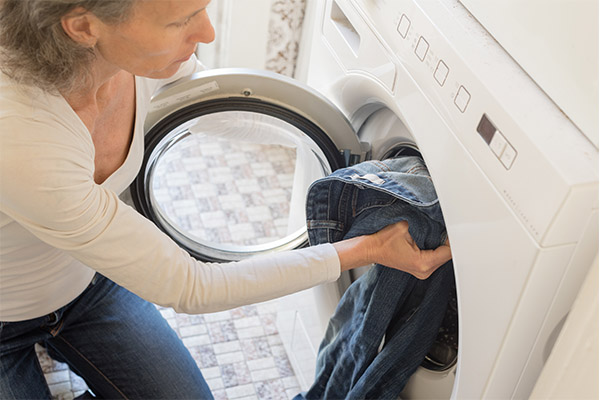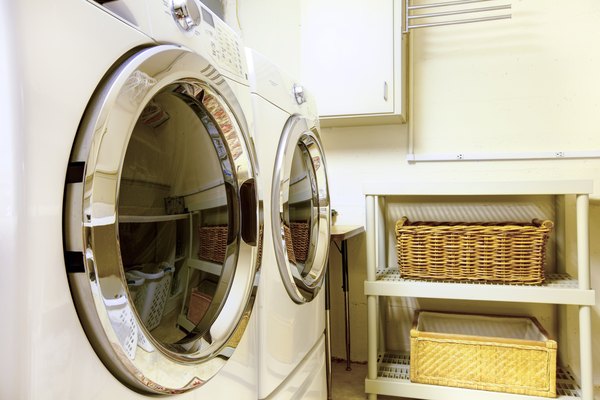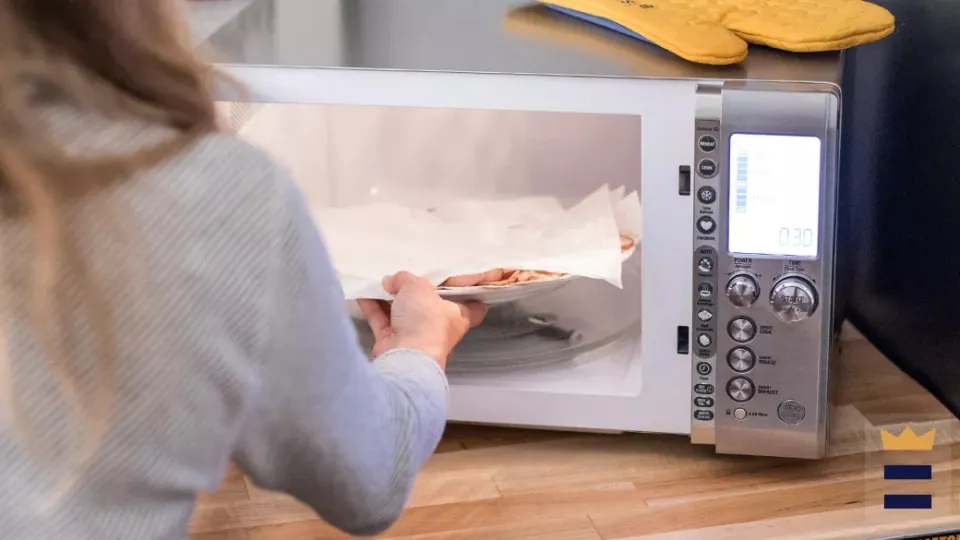To start with, how hot does a dryer get? Most dryers can reach temperatures of 125 to 135 degrees Fahrenheit on average.
It’s important to understand that water can start steaming and evaporating before it reaches the boiling point. Consider sipping a hot cup of coffee; even though the water in it isn’t boiling, there is still a lot of steam emanating from the cup. As a result, the temperature in your dryer shouldn’t get too hot and burn your clothes.
How Do You Know If the Dryer is Too Hot?
The best way to tell if your dryer is too hot is to check your clothes for burns. If they do, you probably have a sensor failure on the heating element that is causing an error in the internal temperatures. Your dryer’s temperature settings will become excessively high or low if the sensor in the appliance has failed. A significant problem that needs to be addressed right away is an excessively hot dryer. The dryer’s thermostat, which controls its heat, needs to be repaired when it malfunctions.
You should immediately stop using your dryer if you notice a burning smell at the exhaust vent. Both electric and gas dryers have the potential to experience sensor failure, which can result in excessive heat settings. The hot exhaust temperature in the appliance is probably what’s causing the burning odor.

Troubleshoot and Fix a Dryer Getting Too Hot
If you notice that your dryer is overheating, you should take action right away. It’s important to remember that a dryer overheating could harm the dryer itself. If the issue is not fixed, exposure to too much heat may damage the dryer’s various parts by wearing them out. Here are a few potential problems that could be affecting how hot a dryer gets.
Airflow Issues
Poor airflow is a frequent reason why a dryer heats up too much. Because it helps move steam away from your clothes, airflow is crucial to the drying process. By directing the heat through the vent, it also makes sure that heat doesn’t accumulate inside the dryer.
Your dryer may begin to overheat if there is a blockage in the airflow. Airflow obstruction typically happens at two main locations. Lint traps are the first. Make sure there is no lint accumulation in the trap. Do not forget to empty the lint trap after every load.
Another location where airflow blocks frequently happen is the dryer vent. Lint accumulation is typically to blame for the blockage in the vent, just like with the lint trap. To help prevent the dryer from overheating, use a vacuum to help remove the lint from the vent and vent duct.
Broken Heating Element Or Burner
In gas dryers, the heat is produced by the burner assembly, while an electrical heating element is used in electric dryers. The possibility of overheating the dryer exists if the heat source in your dryer isn’t operating properly. On dryers, heating elements or burners can be changed. To ensure that you order the appropriate replacement parts, consult your owner’s manual.
Broken Cycling Thermostat
One of the parts in your dryer that works to prevent the dryer from getting too hot is the cycling thermostat, which aids in controlling the dryer’s temperature. The temperature of the dryer could rise to unsafe levels if the cycling thermostat isn’t working properly.
Opening the dryer’s top, front, and possibly back panels will allow you access to the cycling thermostat. Typically, it is situated on or close to the dryer’s blower casing. Use a
multi-meter to test the thermostat. It is in operational condition if the reading is zero or infinite. Change the thermostat if you get a bad reading.
Tripped Safety Thermostat
A safety thermostat, also known as a high-limit thermostat, is another element that helps prevent overheating in your dryer. The heating source will be turned off if the dryer’s thermostat senses that it is becoming too hot. The safety thermostat may become inoperable after just one cycle and require replacement. It is possible for your dryer to overheat if the safety thermostat is malfunctioning.
Furthermore, keep in mind that if the dryer overheats, there is probably a problem with the dryer if the safety thermostat trips. Verify that the airflow is not blocked and that all other parts are functioning properly.
Bad Blower Wheel
In addition to helping your clothes dry, proper airflow also helps prevent your dryer from overheating. The blower wheel in your dryer is crucial for moving air. Your dryer may overheat if the blower wheel is damaged and prevents proper airflow.
By removing the front panel and dryer’s top, you can check the blower wheel. If the blower wheel is attached to the motor, you might need to disassemble the dryer’s drum from the drum bearing to access it. Look for any breaks in the blower wheel and any obstructions that might prevent it from spinning. Replace the damaged blower wheel. Make sure you buy the appropriate replacement part by consulting your owner’s manual.

Dryer is Not Getting Hot Enough
When the question “how hot does a dryer get?” is asked, people are usually concerned about overheating. The problem of overheating is not the only one with dryer temperatures, though. A dryer might not function properly if it doesn’t reach a high enough temperature.
Malfunctioning Thermostat
In the same way that a malfunctioning cycling thermostat can lead to dryer overheating, it can also prevent the dryer from getting hot enough to function properly. The temperature may feel much hotter than it actually is on a thermostat that isn’t reading temperatures correctly. Check the wiring of your thermostat unit to see if you can fix the issue yourself if your thermostat isn’t operating properly. Replace it if it doesn’t work if possible.
Bad Heating Source
The air may not be properly warmed if a heating element or burner is damaged. Look over the heating element in your dryer for any cracks or debris that may be present. Having foreign objects in contact with electrical heating elements may make them particularly vulnerable.
High-Limit Thermostat
Both overheating and inadequate heating could be brought on by a broken high-limit thermostat. This is a warning to replace your high-limit thermostat because a bad temperature read could trip it before temperatures reach the high limit.
Bad Timer Motor
On many dryers, the timer on the control panel sets off the heater. It’s possible that the heater won’t be set to warm the air moving through the dryer if the timer isn’t operating properly. Remove the timer motor from the control panel (be sure to unplug the dryer first) and connect it to a multi-meter to test it.
It’s useful to have a functioning dryer in your home. We hope this guide has helped you find the answers to the question “how hot does a dryer get?” and helped you understand the importance of temperature in keeping your dryer safe and functioning. For more information about your dryer, including some great maintenance advice, be sure to check out some of our other guides.
What to Do If Your Dryer Breaks?
It can be very inconvenient if your dryer breaks. It’s possible that you don’t have the time or resources to make the necessary repairs. This is why so many people opt to call a reputable appliance repair company, such as Appliance Repair Doctor, who frequently send a technician out right away to address the issue.
Nobody wants to deal with damp clothing or a high-end (and pricey) dryer repair. You might be able to avoid making a call by looking into a few of the things mentioned in this article.
FAQs
What is the Hottest Temperature on a Dryer?
How Hot is the Air That Comes Out of a Dryer?
A dryer can reach a maximum temperature of 135 degrees.
So, How Hot Does a Dryer Get?
Most dryers will get around 125 to 135 degrees Fahrenheit. Your clothes’ water is heated by your dryer, which turns it into vapour. It’s important to note that water doesn’t need to reach a boiling point to start steaming and evaporating
read about



